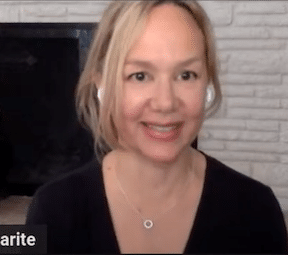
When to speed up and slow down during your journey
Pacing is what keeps readers turning pages. Most readers have experienced a novel that simply doesn’t keep their attention. That could be the result of the subject matter, but it could easily be that the pace is too fast or slow for their liking.
Different readers look for different paces. Different genres also tend toward different pacing structures. Someone picking up a thriller is going to expect a very different type of pace than someone choosing nature fiction.
All readers are looking for a pace that fits the topic and structure of the novel or story. When planning, the author needs to identify sections that are scene-setters and pace them differently from those that drive the plot forward with more intensity.
Pacing also helps create atmosphere and allows readers to bond with characters. Rich, detailed, descriptive paragraphs offer an entry into the world presented in the story. Chapters that detail backstory build tension as a story heads toward its central conflict.
Narrative devices such as inner monologues tend to slow down the action and give readers time to get to know the characters. These slower sections establish language patterns and personality traits for the characters. Once established they don’t need to be repeated during faster-paced sections or action scenes.
Avoid giving your readers pacing whiplash
Of all the things that are written about the importance of pace and how to make sure it’s built into the story from the beginning, there is one simple thing to remember.
Pace is what moves the plot and story forward.
Poor pacing allows a story to drag or sets it up to be unbearably frenetic. Or worse, it creates an exhausting combination of the two. It’s important not to bore the reader, but it’s also crucial to avoid giving them whiplash with discordant and unpredictable pace changes.
It is those types of changes that make a story feel choppy and unbalanced. Even if the characters are likable and the plot is well-conceived, uneven pacing can throw the entire story off-kilter.
Pacing checklist
- Pacing moves the plot and story forward
- Different genres have different pacing structures — from fast-paced action adventures to slower-paced fantasy epics — but all novels need a mix of paces
- Slow pacing is good for atmosphere, character familiarisation and world-building
- Fast pacing adds excitement and tension using the characters and places already introduced
- Poor pacing can make a novel seem boring, or over-excited
- Poor changes of pace can make a story feel unbalanced
Image at top by Krisjanis Mezulis on Unsplash






